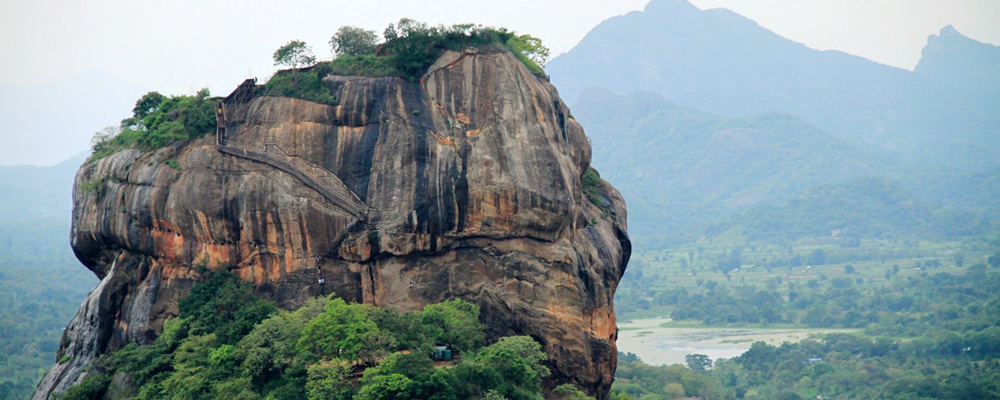
Sigiriya
Sigiriya is the island’s most popular historical tourist attraction, the ruins of the ancient fortress of Sigiriya Rock Fortress continue to welcome thousands of visitors every day of the week. Often referred to as one of the ‘eighth wonders of the world’ a visit to Sigiriya not only reveals ancient ruins and frescoes but the remnants of one of the greatest planned cities in Asia. A UNESCO listed World Heritage Site, today Sigiriya presents some of the best preserved examples of ancient urban planning, architecture, garden design, engineering, hydraulic technology, painting, sculpture and poetry; all set in a rich archaeological landscape, complemented by a fusion of symmetrical and asymmetrical elements and varying levels of axial and radial planning, that all still baffle todays’ engineers and planners. Various myths and legends entwine in presenting a shady story that links treachery and deceit, love and hate, triumph and disaster: weaving a tale of craftsmanship and sensuous art that has fascinated the masses across centuries. Sigiriya as we see it today dates back to the 5th century AD when King Kassapa I established his capital here. The complex is three kilometers from East to West and one kilometer from North to South. Existing lakes, rocks and hills were cleverly woven into the general plan, and it is best experiences early morning to avoid the crowds and the midday heat.
